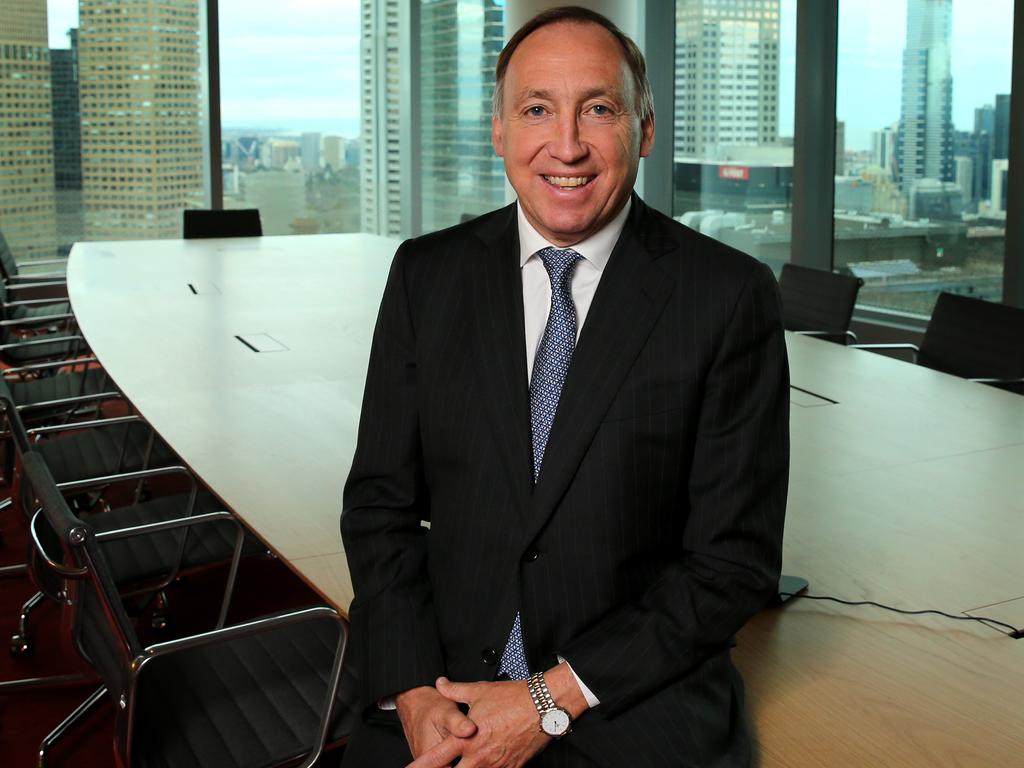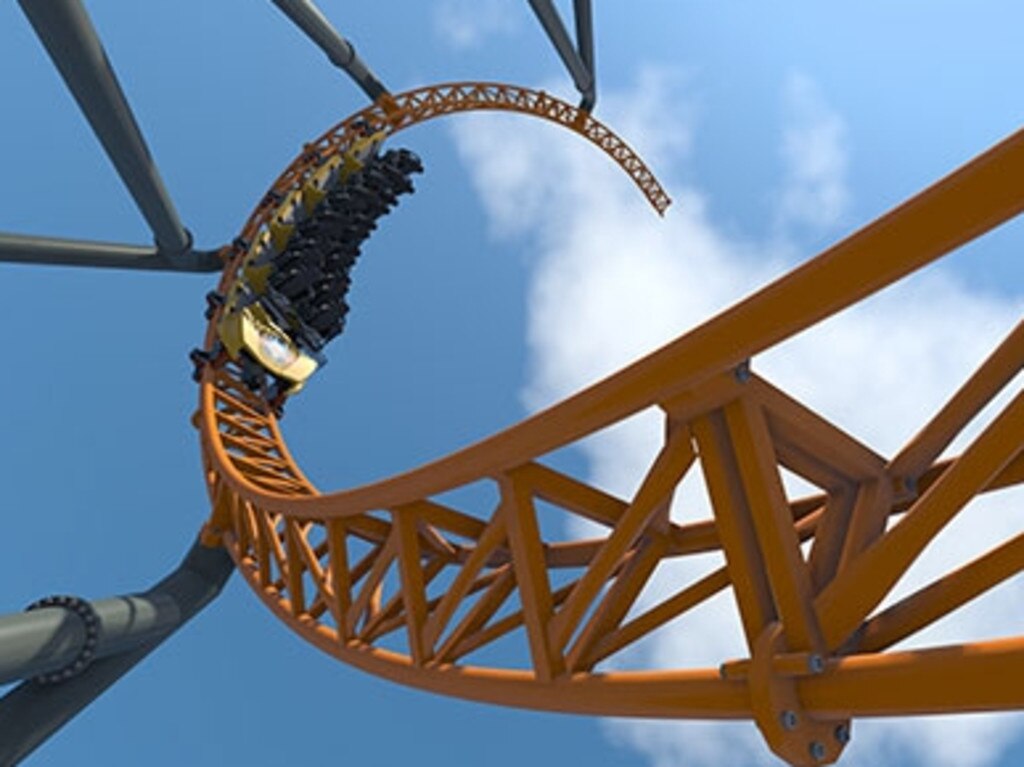Volatility rules the waves of market uncertainty


On top of that we are now getting extremes in individual shares. Afterpay plunged 34 per cent Wednesday and triggered a brief Extreme Trade Range suspension. We can expect more of such triggers in companies that do not make a profit in the days to come.
Extreme volatility - prices going up and down dramatically in both directions - is a major distinguishing feature of this crisis and it is not making it any easier for investors and policy makers alike to get a clear direction on the coronavirus crisis.
We are looking at two key developments in volatility that have reshaped markets - the rise of Exchange Traded Funds (ETF) and the explosion of algorithm trading often linked with hedge funds.
Think of the ETF funds (which often seek mirror indices) at worst as lemmings running behind the active traders and a new picture of markets forms - a market where a small range of moves gets magnified many times over.
On a typical day earlier this year on Wall Street, ETFs controlled a quarter of all trading.
That number has swollen to almost a third according to the latest industry data. On our local exchange, the ETF effect is still only in its early stages, but it will increasingly have the same impact.
Separately, the trading around volatility has reached levels that are almost hard to believe. Hedge fund managers now offer funds that bet on volatility itself.
Specifically, the hedge funds bet on targets for the VIX - the volatility index which is at its own record high of about 83 just now.
Hedge funds are currently placing bets on the VIX between 20 and 100.
It is estimated automated “target vol funds” combined with options trading have a turnover of more than $US100bn ($167bn) a week.
The unfortunate effect in the growth of both hedge funds (seen as an alternative to investing in ordinary shares by many sophisticated investors) and ETFs (seen as an uncomplicated way into the market by many retail investors) is that an enormous amount of dumb money and betting money is amplifying market swings with a relentlessness that is new to everyone involved.
At times of crisis it becomes an unholy alliance of automatic trading where humans are substantially removed from the picture.

Put simply, a lot of trading is triggered by numbers which is triggered by other numbers until some pre-set limit is reached.
In a related development, our market which has long reacted to Wall Street, is increasingly anticipating the US exchanges despite the difference in time zones and the trading day.
The closer ties were evident again Wednesday when the US overnight gains should have prompted a strong lead, but US futures worsened over the course of the Australian session from -2 to -4 per cent.
The downward drag from Wall Street meant that some excitement around the government’s planned stimulus announcement slated for early Thursday afternoon did little to sway the market’s downward direction.
Perhaps an alternative for some stunned investors is to at least consider what are known as “minimum volatility” funds, which are rules-based funds distributed, ironically, through ETF providers.
According to ETF leader Vanguard, on an Australian dollar hedged basis over rolling three-year periods, industry data shows that “a minimum volatility approach has achieved 30-40 per cent average reduction in portfolio volatility against the broader market”.
But for most investors, the cumulative effect of automated trading is a market on a tripwire ready to shoot up or down on the back of what often might be a fraction of non-automated stock orders.
Theoretically, current market action links with an economist you probably have not heard much of since the last market crisis, Hyman Minsky.
He put forth the simple but profound theory that long periods of stability can ultimately lead to instability.
It certainly looks like the evidence is building on that idea and the ETFs and hedge funds don’t help.






Another day, another record in volatility. This week we have already broken local records for a “down” session and an “up” session - Wednesday’s unwanted surprise was the 6.4 per cent drop through the ASX 5000 level to 4953.